I’ve been talking to Daniel Clifford about his work and his collaborations and fascinating sounding workshops, and I’m sharing the resulting interview here and the ace Forbidden International blog.
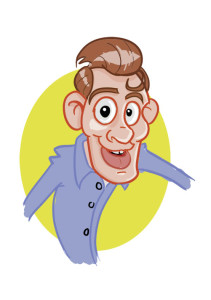 Born in South Shields in 1986, writer and educator Daniel Clifford, who has written extensively on his blog about some of the things he’s learnt about self publishing (links below), says comics taught him to read as he was growing up and in 2009 he set out to make comics that could have a similarly positive effect. His published works (including Sugar Glider, Sugar Glider Stories, A4 Comics presents…) have been focussed towards an all-ages audience.
Born in South Shields in 1986, writer and educator Daniel Clifford, who has written extensively on his blog about some of the things he’s learnt about self publishing (links below), says comics taught him to read as he was growing up and in 2009 he set out to make comics that could have a similarly positive effect. His published works (including Sugar Glider, Sugar Glider Stories, A4 Comics presents…) have been focussed towards an all-ages audience.
He also organised comic book workshops around North East England with the artist Jack Fallows for two years before establishing Art Heroes with Lee Robinson, which publishes its own all-ages comics, creates comic strip content for others publishers and works with educational organisations to deliver workshops to aid young people’s literacy development.
I’ve been wanting to talk to Daniel about the company and what they do for some time. He very kindly granted me this interview, which I think will be of interest to comic readers, other comic creators and educators.
Matt: Daniel, what are the intended benefits of Art Heroes’ educational sessions, particularly as regards reluctant readers?
Daniel: When I was a kid, I didn’t read books at all. I was a very slow reader and it took me a long time to read anything. So, it didn’t really happen. It was comics outside of school that I read. It was through comics that I developed a vocabulary and learnt to express myself. We hope to get kids excited about comics, which can be a gateway to reading for those who are a bit daunted by books. We also want to show them that they can make up their own stories and harness their creativity.
Matt: That sounds cool. I wish I’d done something like that when I was at school. My understanding is that most of your work has come via positive word of mouth. Is that correct?
Daniel: The first people I did workshops for were BBC Blast and Newcastle Libraries. At that time, I was working with an artist called Jack Fallows. They were pleased with the job we did and recommended us to people, and that positive word of mouth continued as we did more sessions. That ended after about a year and a half because Jack liked the work so much that he became a teacher. I joined up with Lee then and we started doing work as Art Heroes, and the groundwork had been done. I’d done a decent amount of workshops with really good outcomes and that gave me a solid reputation.
Matt: At the time, you hadn’t been professionally published so there’s a certain leap of faith there on behalf of the organisations that are hiring you… or am I wrong?
Daniel: I don’t think that teachers and kids care whether your comic has been published by Marvel or is self-published. It’s all about the quality and how you express yourself to them. Working in schools can be hard and you’ve got to be adaptable. I think that we’ve shown that we’re really easy-going and that we just go in and do what needs to be done. Also, we’re happy to adapt our workshops so that they hit the educational outcomes the teachers want. That helps.
Matt: Please tell me about Sugar Glider, which was self-published.
Daniel: That was the first proper comic I did, with an artist called Gary Bainbridge. He’s a teacher in Northumberland. It’s about a girl in Tyneside who has had lots of different jobs and lots of different hobbies, and she’s quit everything. She decides that she’s going to do something that is a step away from the ordinary, which is that she’s going to be a superhero. That was linked to the sort of life that I’d had in that I’d made films and abandoned that, I’d gone to a university and dropped out, I went to another university and then made plays before stopping that. It felt like I’d quit everything I’d ever done. Comics was the only thing that I’d stuck with and Sugar Glider was almost like a metaphor for that. It has a sixties Spider-Man feel but is set in Newcastle in the 2010s.
Matt: I should mention that while I don’t think Sugar Glider is perfect, it is a comic that I like a lot. I think because it has a big heart and because the storytelling and characterisation is very strong. Anyway, you’ve written three essays about the process of making and self-publishing comics, which I remember had a lot of positive feedback when they were published. Where can people find those?
Daniel: They’re posted at my blog (here, here and here). There are also some more articles on the blog that are probably relevant. One example is My DIY Disease, which talks about the fact I’ve never been able to get any traction in anything I’ve done because I’ve tried to play by my own rules rather than the [rules of the] media or form that I’m working in. I’m quite frank about the mistakes I’ve made.
Matt: What are your three top tips for making and self-publishing comics?
Daniel: My first one is that people should make something that they really care about. So, what stories do you like to read? What characters are you attracted to? Then make something that has similar qualities but also has a link to something that matters in your real life. So, if you like golf and your favourite character is Grant from Eastenders, you might come up with a comic about a gangster golfer. It’s got to be something that you care about, because it’s going to be something that you’re doing for a long time.
The second tip is to be very aware that most popular stories are about characters that want to achieve something and an obstacle or obstacles get in the way. I wasn’t aware of that when I first started writing things, like the films that I wrote when I was at college. It had never been expressed to me that way. And I wrote really rambling stories that had no point.
The last one is to invest the amount of time and money you can afford. Large print-run, full-colour comics alongside lots of convention attendances are fine if you’ve got loads of spare cash. But if you don’t have any money, you can always stick your comics online for free.
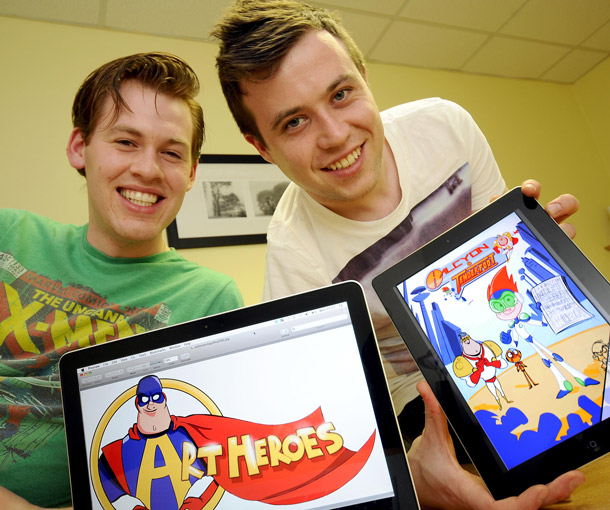
Daniel Clifford and Lee Robinson received advice from North East organisation TEDCO to set up Art heroes. Image: TEDCO
Matt: Be realistic about your resources in terms of both time and money?
Daniel: Yeah. I think that lots of people try to make big projects happen but they don’t have the time. And it’s not a bad idea to start with short, simple stories whatever your resources are. I am going to have a ‘top ten tips’ in the next Art Heroes comic we put out later in the year. And hopefully Lee will too.
Matt: What is that comic?
Daniel: It doesn’t have a title yet. It’s an anthology of four strips that are between one and ten pages long. It’s an expression of what we’ve always wanted to do – a mixture of humour, exciting adventures and intriguing characters.
Matt: Please tell me about Halycon and Tenderfoot, which is another superhero comic you’re self-publishing?
Daniel: It’s a comic that we’ve been saying is all-ages, but I’m starting to think is actually eight-plus. It’s about a father and son superhero team. The dad has been a superhero since the golden age of heroes, and he’s watched as his friends and colleagues have been corrupted and turned darker in order to fight the villains of the day. He’s honest and true, and decides to train up his son to be the first in a new golden age.
Tenderfoot has always looked up to his dad. He’s got the enthusiasm, ambition and training, but he has no experience. On the first mission something goes wrong and it’s Tenderfoot’s fault, so he has to clean up the mess he’s created in the three issues after that.
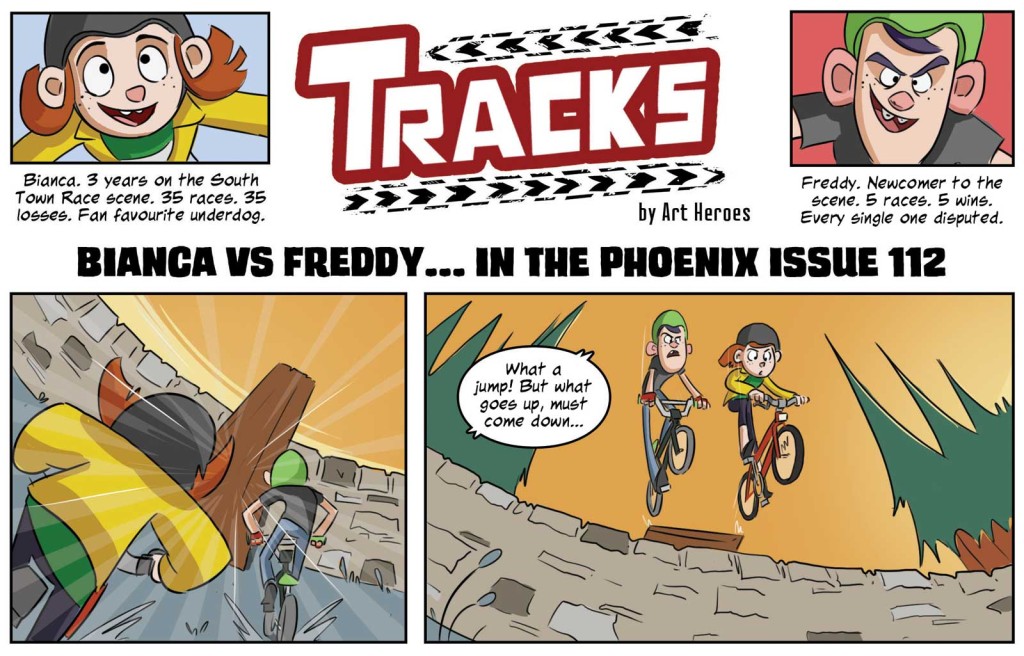
“Tracks” featured from Art Heroes featured in The Phoeneix comic, an anthology comic on sale by subscription, digitally and from Waitrose supermarkets.
Matt:You’ve recently contributed a strip to all-ages anthology The Phoenix. Can you give us the title and premise for that?
Daniel: It was called “Tracks” and it’s about a girl called Bianca who is an underdog in the South Town Races. That’s a kids’ race tournament like something you’d see in The Charlie Brown and Snoopy Show. She’s about to win her very first race and she’s cheated out of it by a bully. She challenges him to another race and they have it on the Death Track, which is the fabled hardest track in all of South Town.
Matt: What did you learn from the process of making that and working with The Phoenix? Being professionally published and all that… (with no denigration to your self-published work intended in that statement.)
Daniel: The main thing that I learnt is that it can be very slow-going developing a strip for them. Even though it was only four pages in the end, it took about six months to do. That’s not necessarily how I work. I think single-issue comics are kind of ephemeral.
Matt: Like good pop records.
Daniel: Exactly. When I was in a band, we made two-minute pop songs. We wrote them, recorded them and banged them out at a gig the next night. That’s how I like to make comics. However, I know that’s not how it’s done in professional publishing and I understand why. A lot of money can be riding on it and the readership for something we’ve done ourselves is 500, whereas the readership for The Phoenix is far larger than that.
The real positive thing that I can take from it is that we can turn around a full-colour strip in a week once the deadline is actually set. And, for me, in terms of my writing, I learnt that you should take out everything that isn’t essential to the story.
Within that, I would say that though the notes you get from an editor might point out lots of things that aren’t working, it’s your job to work out how to solve those problems even if the editor has given their own suggestions.
Matt: The people reading this might want to engage with you and your work, perhaps as readers or if they’re educators who want to access Art Heroes or if they are other comic creators. What events can they meet you at in 2014?
Daniel: Our schedule for this year includes The Lakes International Comic Art Festival again in October. We’ll be based in Westmorland Shopping Centre doing drop-in workshops. We’re going to be at Newcastle Library on 31st May, doing a character-creation session in the afternoon. We’re going to be at Thought Bubble. Then there’s the Deer Shed festival, which is a family music festival in North Yorkshire. We’re going to be there on Sunday 27th July doing time travel-themed, drop-in workshops all day.
We’re also at Sunderland Comic Con and Glasgow Comic Con, with workshops at both of those events.
Matt: Thank you, Daniel, for your time and for those answers.
Our thanks both Daniel and Matt for taking the time to share their thoughts with us and Forbidden Planet International readers
• Find out more about Art Heroes on their official site , or follow them on Twitter and Facebook
• You can follow Daniel via his own blog and Twitter, and there’s an interview with Art Heroes’ Lee Robinson here on the Scotch Corner blog
• Sugar Glider is available to order in physical and digital editions now from Daniel Clifford’s store and, eventually, Gary Bainbridge’s store
• You can read reviews of Sugar Glider on the Forbidden Planet International blog:
– Issue 1
– Issue 2
• Read Daniel Clifford’s three useful insights on comics publishing:
– Things I’ve learned so far… Part 1
– Things I’ve learned so far… Part 2
– Things I’ve learned so far… Part 3
Matt Badham is a freelance writer. His work has appeared in the Judge Dredd Megazine, 2000AD and Big Issue in the North.
Categories: Comic Creator Interviews, Comic Creator Spotlight, Creating Comics, Featured News, Features
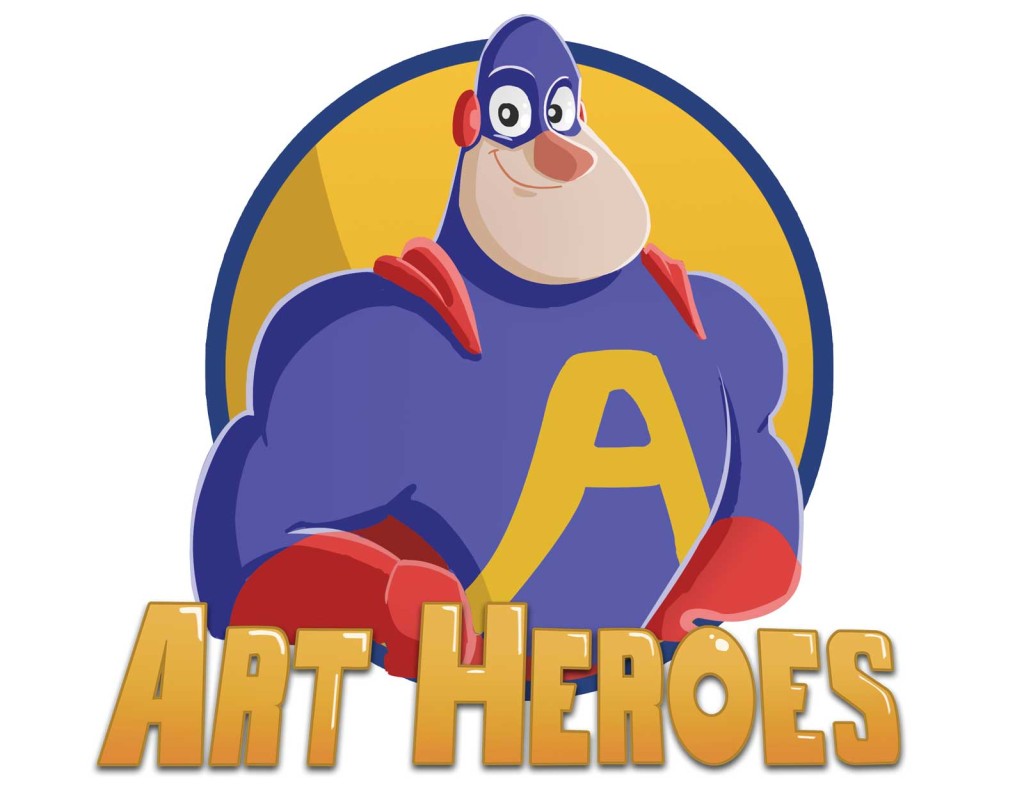
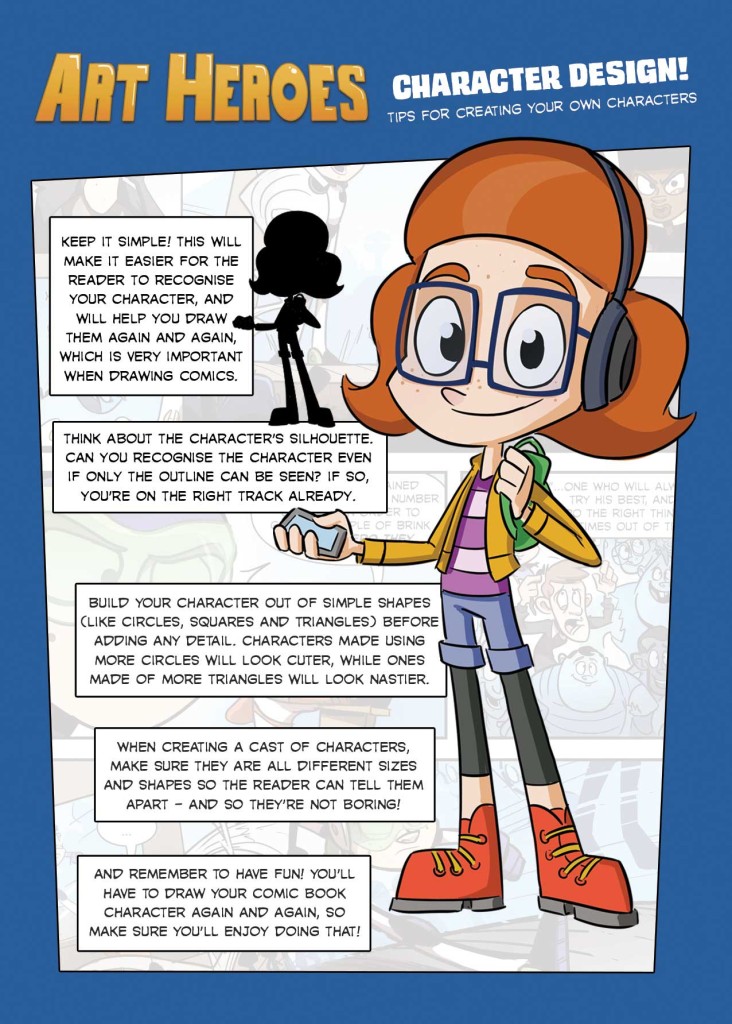

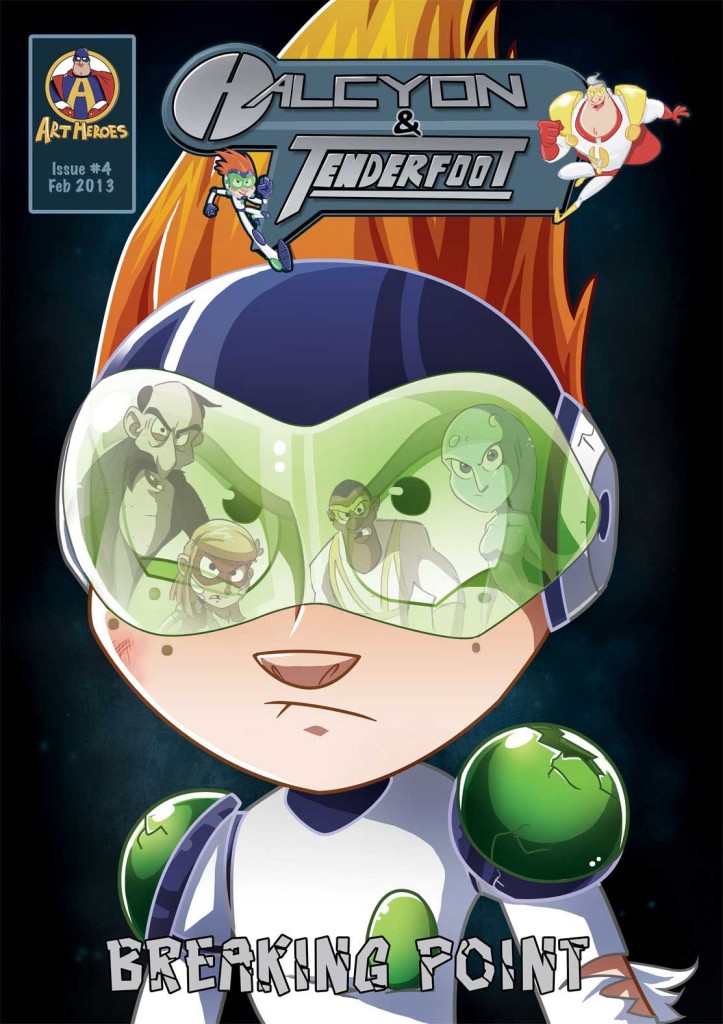
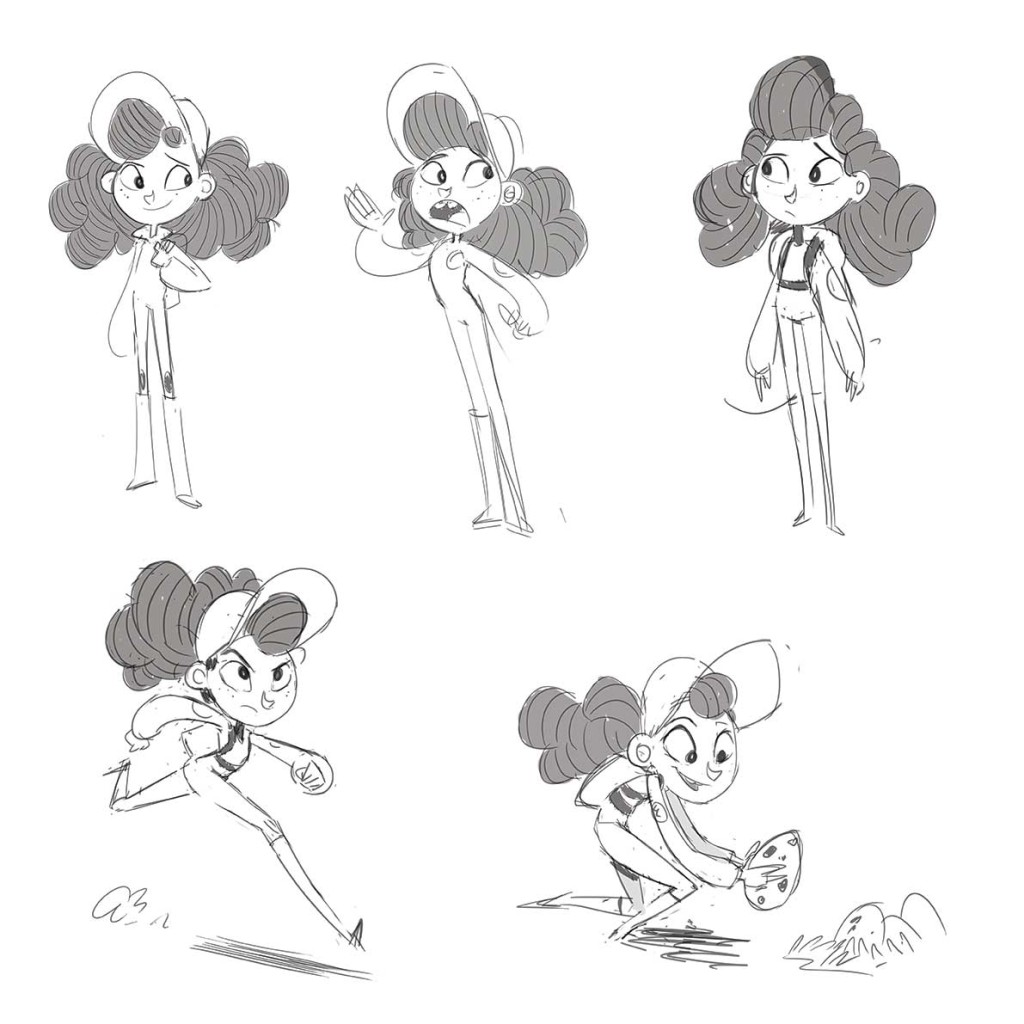
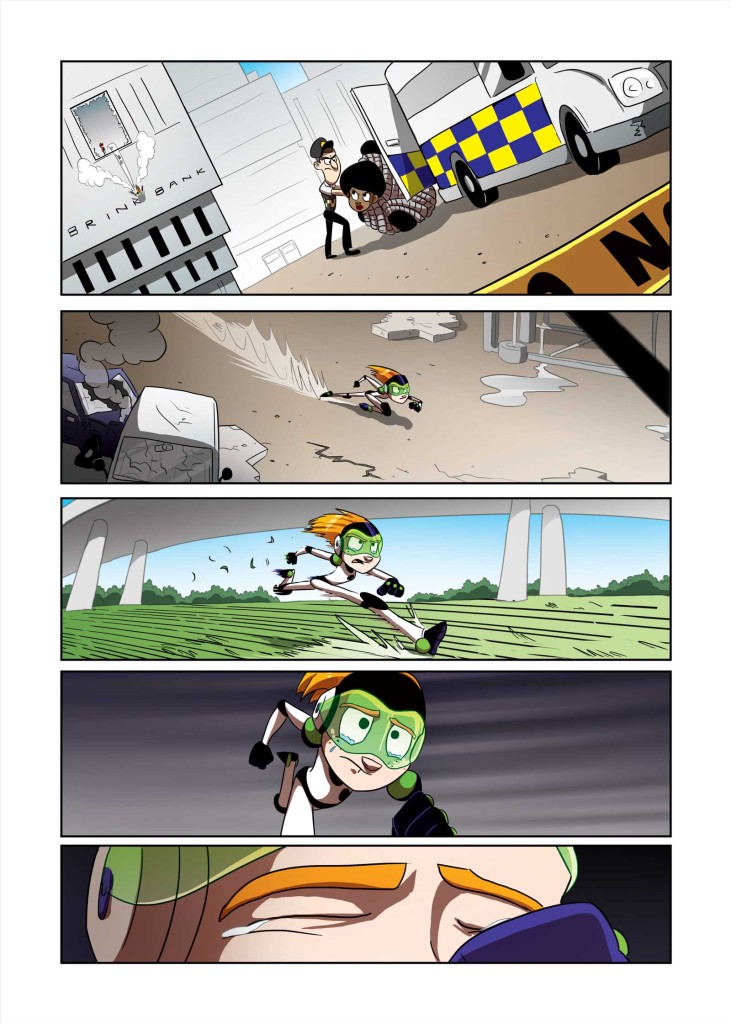
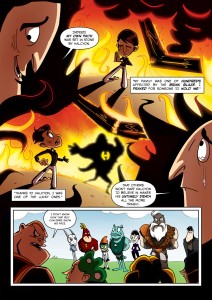
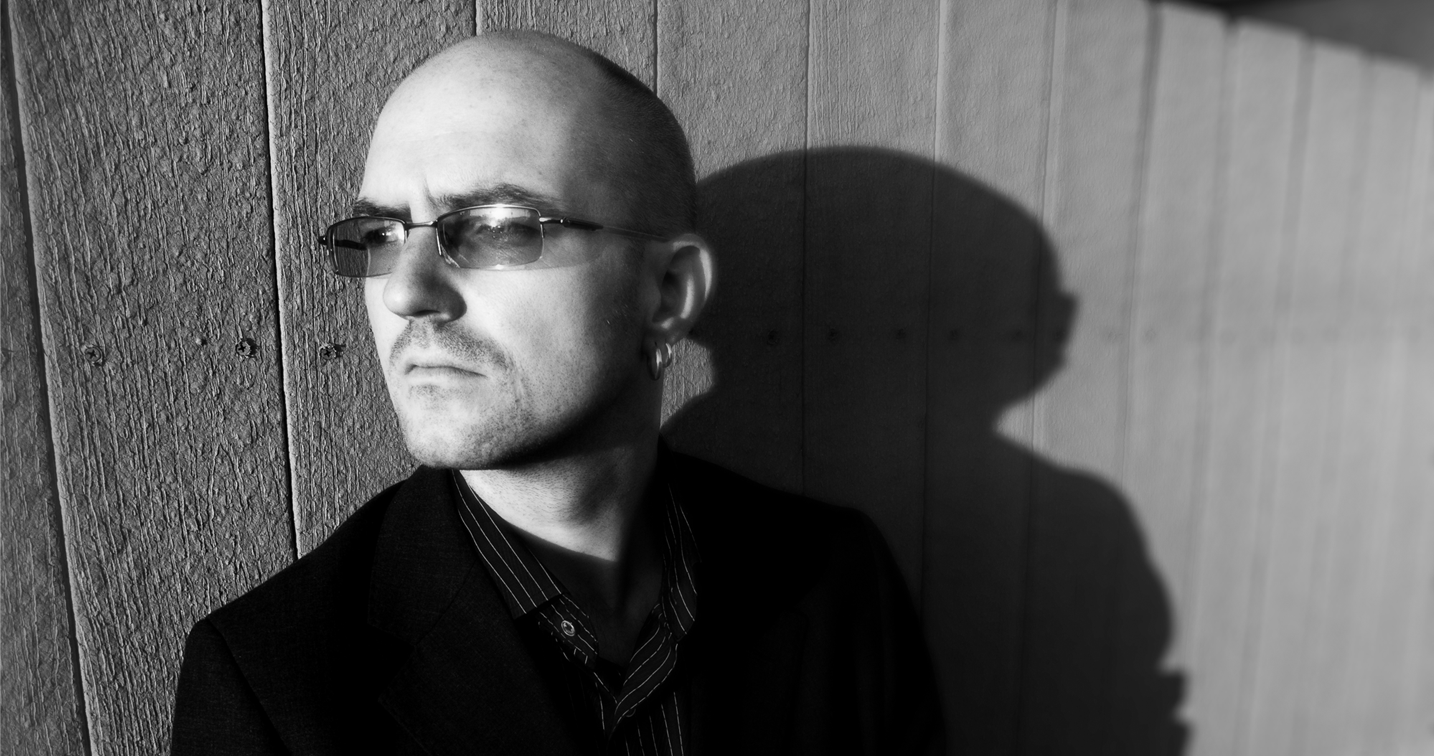 Lakes Festival Focus 2015: An interview with Author and Comics Writer Antony Johnston
Lakes Festival Focus 2015: An interview with Author and Comics Writer Antony Johnston 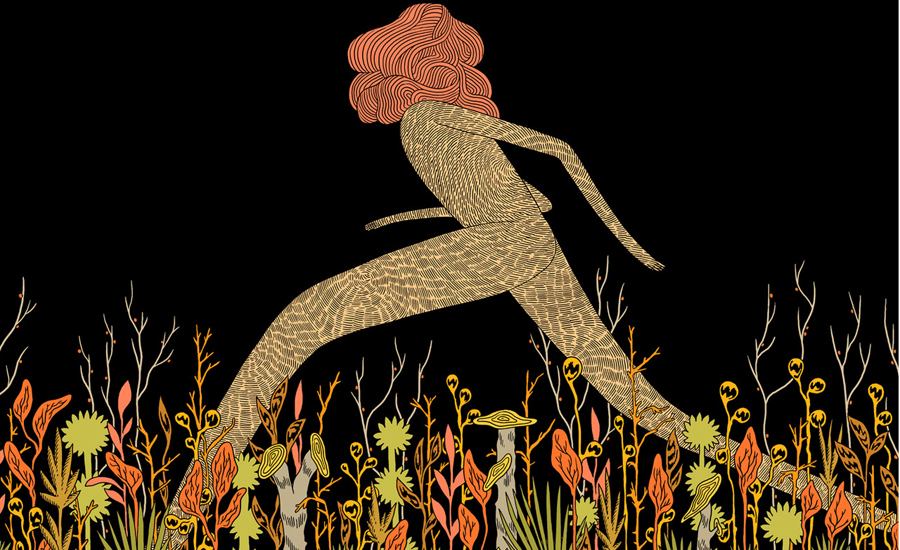 Lakes Festival Focus 2015: Michael DeForge, the “Marvin Hagler” of North American “Art Comics”
Lakes Festival Focus 2015: Michael DeForge, the “Marvin Hagler” of North American “Art Comics” 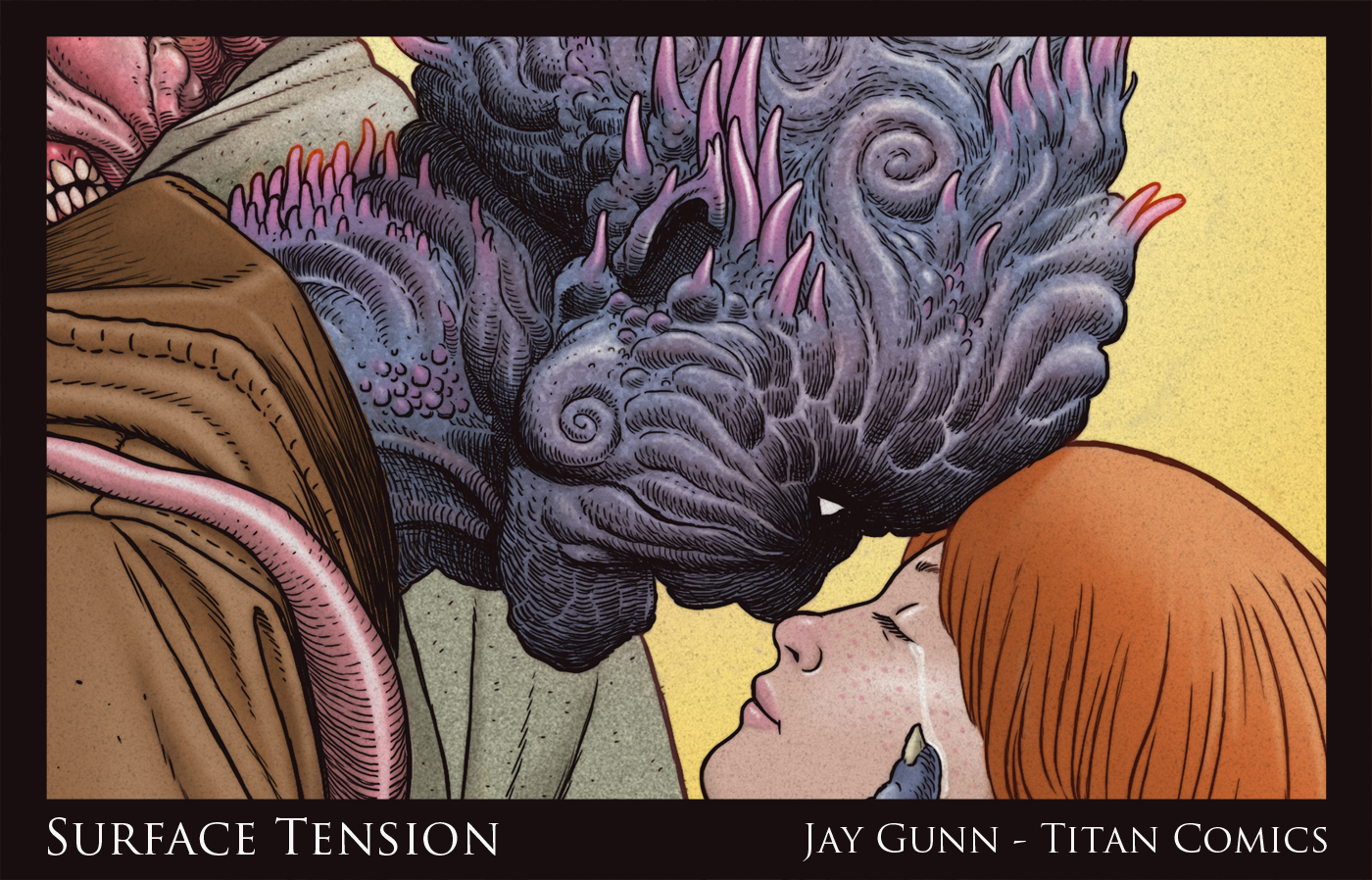 Breaking Surface: An Interview with Jay Gunn, creator of “Surface Tension”
Breaking Surface: An Interview with Jay Gunn, creator of “Surface Tension” 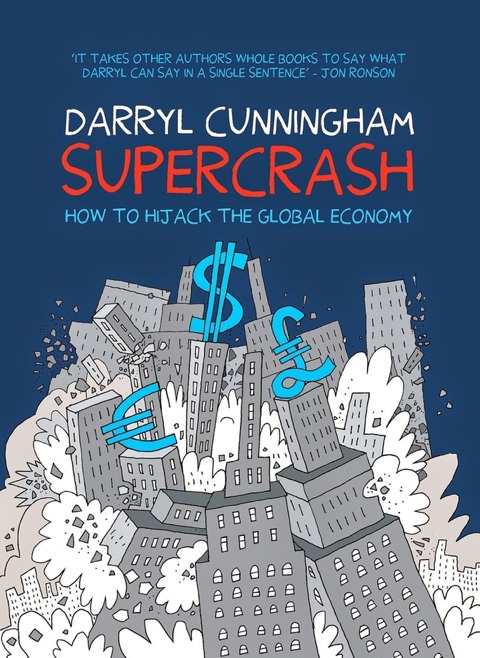 Darryl Cunningham: Taking on the Super Rich
Darryl Cunningham: Taking on the Super Rich